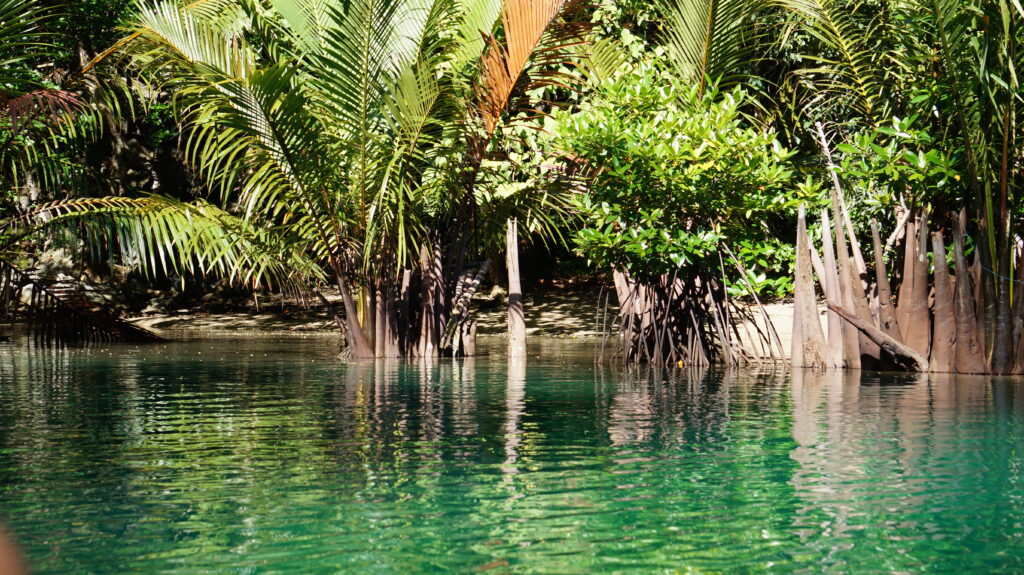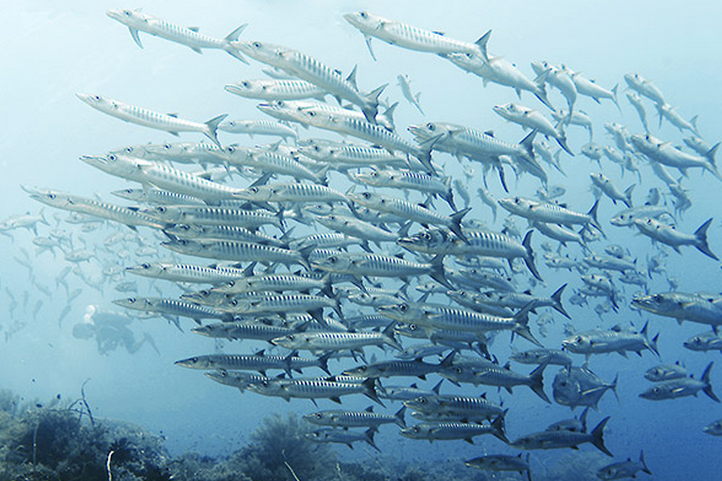The Palawan Province of the Philippines celebrates June 19 each year as “Feast of the Forest,” a local holiday that recognizes the importance of forests to the province and its commitment to environmental sustainability.
Palawan Province is a group of long, thin Philippine islands that run southwest from near Manila almost to Borneo in Malaysia. In geological history, Palawan was connected by land to Borneo, and much of the flora and fauna is more closely related to Borneo than the larger land mass of the Philippines.

In 2001, the government of the Philippines declared the special holiday for the capital city of Puerto Princesa as Feast of the Forest “to generate participation in activities strengthening the province’s commitment to reforest our precious lands and contribute to the global effort of preserving God’s gift of nature for future generations to enjoy.”
The nation could not have picked a better place to praise and protect nature. Palawan is recognized by several travel and tourism sources as the world’s most beautiful island. Its biodiversity is impressive—thousands of square miles of mangrove forests with 90% of the nation’s known species; of 11 endemic amphibians in the Philippines, 8 are found only there; 279 bird species, 27 of which are endemic, nest there; and much more. Most impressive are the coral reefs, which contain 379 species, or 82% of all those in the country (learn more about the coral richness of the area here). Palawan is home to two UNESCO World Heritage Sites—Tubbataha Reef National Park and Puerto Princesa Subterranean River National Park—and is a Man and Biosphere Reserve (learn more about UNESCO here)/.

The main city of Puerto Princesa is equally notable for its commitment to trees and their carbon-capturing ability. Starting in the 1990s, the city began an aggressive tree-planting program that has continued and grown ever since. Now known as “The City in the Forest,” Puerto Princesa has adopted the idea of Community Based Forest Management to engage the entire population in the tree-planting effort. Each year, local groups have planted about 100,000 trees, raising the forested area of the city by about 100,000 acres over a 20-year period.
The massive increase in growing trees has made Puerto Princesa not only the first carbon-neutral city in the country, but a carbon-negative city! Trees pull more carbon out of the atmosphere than all the carbon-emitting activities of the city of 220,000 people. Imagine if every medium-sized city in the world did that!
References:
Chan Robles Virtual Law Library. An Act Delcaring June Nineteenth of Every Year as a Special Working Holiday in the City of Puerto Princesa and the Province of Palawan as Pista U Ang Kagueran. Republic Act No. 9001, Government of the Philippines. Available at: http://www.chanrobles.com/republicactno9001.html#.WUgDluvyupo. Accessed June 19, 2017.
Jayagoda, Dimithri Devinda. 2015. A unique case study of tree plantation bringing increased forest cover to Puerto Princesa, Philippines. Journal of Sustainable Development 8(1):138-155. Available at: http://www.ccsenet.org/journal/index.php/jsd/article/viewFile/41442/24405. Accessed June 19, 2017.
Ledbetter, Carly. 2017. Palawan, the most beautiful island in the world, is sheer perfection. Huffington Post, February 6, 2017. Available at: http://www.huffingtonpost.com/2016/07/07/coron-palawan-philippines_n_6193058.html. Accessed June 19, 2017.
Official Website of the City Government of Puerto Princesa. Puerto Princesa: The first carbon neutral city in the country. Available at: http://puertoprincesa.ph/?q=about-our-city/puerto-princesa-first-carbon-neutral-city-country. Accessed June 19, 2017.
Save Palawan Campaign. Palawan biodiversity facts and figures. Available at: https://pnni.wordpress.com/palawan-biodiversity-facts-and-figures/. Accessed June 19, 2017.
